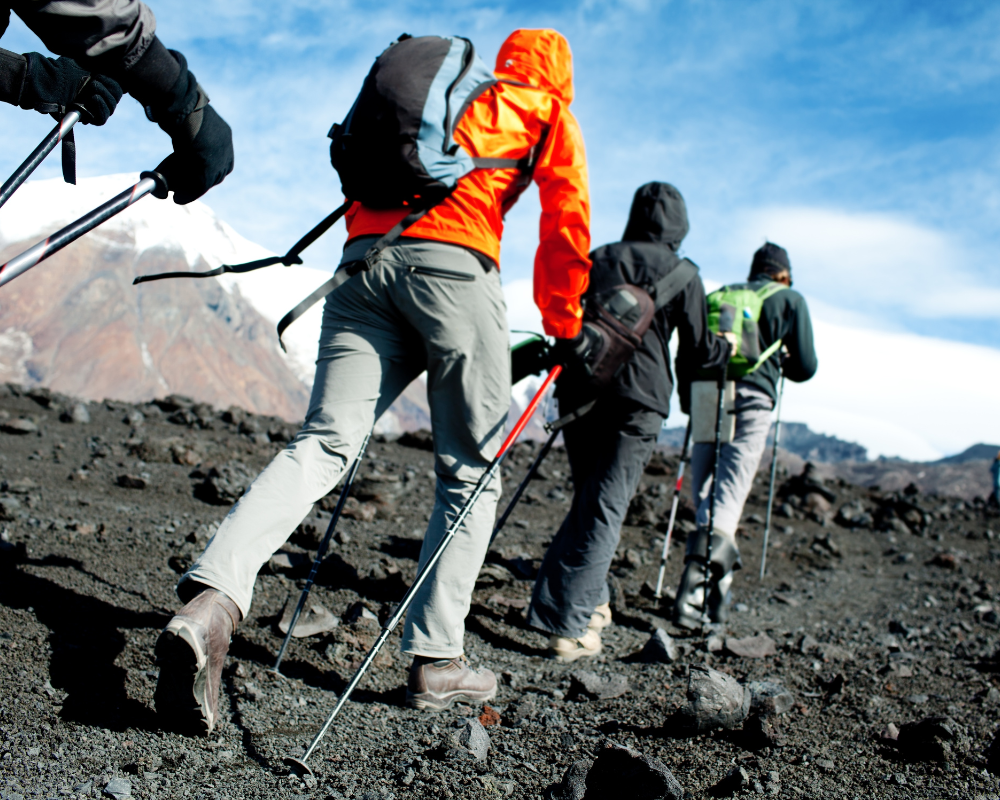
Nestled in the breathtaking Garhwal region of Uttarakhand, the Bali Pass Trek is one of the most thrilling and scenic high-altitude treks in India. At an altitude of 4,950 meters, it connects the Har Ki Dun Valley to the Yamunotri Valley and is known for its rugged terrain, enchanting alpine meadows, dense forests, and panoramic views of majestic peaks like Swargarohini, Bandarpunch, and Kala Nag. While most trekkers prefer to take on this challenge during the summer or autumn months, there is an emerging allure in experiencing the Bali Pass Trek during the monsoon season. This time of year, although considered off-peak, offers an entirely different and deeply rewarding perspective on this majestic trail.
Monsoon treks come with their own set of challenges — rain, slippery trails, and unpredictable weather — but they also bring with them the unmatched beauty of blooming flora, cascading waterfalls, and a mysterious charm that can’t be found at any other time of year. Let’s delve into why trekking the Bali Pass during the monsoon can be a unique, memorable, and soul-stirring experience.
Lush Green Landscapes and Blooming Flora
The most visually captivating change that monsoon brings to the Himalayas is the transformation of the landscape into a lush, vibrant green. The previously snow-laden and dry areas turn into a lively canvas of greenery and blooming flowers. Wildflowers like Himalayan blue poppies, primulas, and rhododendrons burst into color across the meadows and hillsides, creating a natural mosaic that feels straight out of a fairytale.
As you walk through the Govind Pashu Vihar National Park during the Bali Pass Trek, the dense forests echo with the chirping of birds, rustling of trees, and the calming patter of rain. The monsoon rains revive the ecosystem, and everything — from the moss-covered rocks to the ancient pine and oak trees — appears more alive and vibrant. For nature lovers, photographers, and artists, this is an ideal time to capture the Himalayan wilderness in its most expressive form.
Fewer Crowds, More Solitude
Another compelling reason to embark on the Bali Pass Trek during the monsoon season is the relative lack of trekkers. The monsoon is considered an off-season for high-altitude treks, and this means fewer crowds on the trail. For those seeking solitude, introspection, or a deeper connection with nature, the absence of bustling groups and busy campsites can offer a truly meditative trekking experience.
You’ll find yourself walking in peaceful silence for hours, broken only by the natural sounds around you. Campsites are less congested, allowing trekkers to enjoy the serenity of remote Himalayan wilderness. This sense of isolation can enhance the overall experience, giving you the space to connect not only with nature but also with yourself.
Magical Waterfalls and Gushing Streams
Monsoon transforms the Himalayan topography with the appearance of numerous waterfalls and streams. As you progress along the trail, you’ll encounter small rivulets turning into gushing streams, offering trekkers the thrilling opportunity to cross them. These natural water features not only elevate the aesthetic beauty of the trek but also bring in elements of adventure and excitement.
Some waterfalls flow directly through the forested trails, while others appear around rocky bends or meander through alpine meadows. The sound of rushing water, combined with misty surroundings and the fragrance of rain-soaked earth, creates a sensory experience like no other. The Bali Pass region, dotted with such hidden gems, becomes a living, breathing painting during the rains.
Enhanced Photography Opportunities
For photographers, the monsoon season offers a unique palette of lighting and textures. The interplay of clouds, mist, and sunlight can create dramatic compositions. Raindrops on petals, reflections in puddles, or fog rolling over the mountains can all make for awe-inspiring shots. During the Bali Pass Trek, there are numerous vantage points where you can capture the rugged beauty of the Himalayas cloaked in mysterious mist and clouds.
The constantly changing weather conditions provide dynamic lighting, and the vivid greens of monsoon add contrast to the earthy tones of rocks and snowy peaks. Whether you're a professional photographer or a hobbyist, the monsoon provides a setting that can elevate your portfolio with stunning Himalayan landscapes.
Rich Biodiversity and Wildlife Encounters
The Govind Pashu Vihar National Park, which encompasses much of the Bali Pass trail, is known for its rich biodiversity. During the monsoon, this biodiversity becomes more active and visible. The moist conditions encourage the presence of rare plants, insects, and amphibians, making the ecosystem burst with life.
If you're lucky, you might spot Himalayan tahrs, musk deer, or even elusive snow leopards from a distance. Birdwatchers will also find this season rewarding, with various species active and nesting. The ecological vibrancy during this time is unlike any other season, turning your trek into an immersive wildlife and nature experience.
Cultural Interactions and Local Life
Another enriching aspect of the Bali Pass Trek is the opportunity to engage with local cultures and communities. The route passes through ancient Himalayan villages like Sankri, Osla, and Har Ki Dun. During the monsoon, these villages also come alive with farming activities and traditional celebrations related to the agricultural cycle.
Interacting with locals during this time offers insight into how Himalayan communities adapt and thrive during the rains. You might witness folk songs, agricultural rituals, or even get invited for a warm meal in a wooden cottage as rain pours outside. These cultural exchanges deepen your understanding of mountain life and leave a lasting impression on your journey.
Greater Sense of Adventure
Let’s face it: trekking during the monsoon isn’t easy. It comes with its set of challenges — muddy trails, potential landslides, sudden downpours, and river crossings. But for the adventure-seeking soul, these challenges are what make the journey worthwhile. Every step taken under these dynamic conditions builds resilience and a stronger connection with the environment.
Completing the Bali Pass Trek in such unpredictable weather becomes a badge of honor, a story worth telling. It tests your endurance, preparation, and mental strength, rewarding you with a sense of accomplishment that is truly unique. If you’re someone who enjoys pushing your limits and discovering your inner strength, the monsoon trek is your ultimate test.
Spiritual and Mindful Trekking
There’s something inherently spiritual about trekking in the rain. The rhythmic sound of rain hitting leaves, the cool breeze against your skin, and the scent of damp earth create a natural ambiance that encourages mindfulness. Walking through cloud-covered trails with limited visibility makes you focus on each step, each breath, turning the journey into a meditative process.
With fewer distractions and heightened senses, your mind becomes more attuned to the surroundings. This spiritual dimension of monsoon trekking can lead to deep personal insights and emotional rejuvenation. The mountains have always been a place for introspection, and the rains only deepen this sacred experience.
Unique Campsite Experiences
Campsites during the monsoon season are not just places to rest — they become atmospheric havens. Imagine sitting inside a warm tent with the sound of rain tapping overhead, sipping on hot tea as clouds roll through the valley outside. The monsoon lends a special charm to every night spent under the open sky, with lightning occasionally illuminating distant peaks and thunder adding to the soundtrack of nature.
Waking up to fog-covered valleys and dew-kissed grass, the campsite becomes a magical place. With the right gear and preparation, these moments are not only comfortable but also incredibly soul-stirring. Trekking during the monsoon redefines the camping experience entirely.
Tips for a Safe and Memorable Monsoon Trek
While the monsoon brings charm and beauty, it’s important to be well-prepared to enjoy the Bali Pass Trek during this season. Here are a few essential tips:
Waterproof Gear: Carry high-quality rain jackets, backpack covers, and waterproof shoes.
Layering: Wear quick-dry and moisture-wicking clothes in layers to adapt to changing temperatures.
Trekking Poles: Useful for balance on slippery or muddy trails.
Stay Informed: Keep updated on weather forecasts and road conditions.
Experienced Guides: Always travel with knowledgeable local guides who understand monsoon routes and risks.
Essential Supplies: Pack extra socks, dry snacks, power banks, and a first-aid kit.
Respect Nature: Avoid littering, and do not disturb the wildlife or flora.
Conclusion: The Bali Pass Trek in the monsoon season is not for the faint-hearted, but for those willing to brave the rains, it unveils a world of unmatched beauty, deep tranquility, and thrilling adventure. It’s a chance to see the Himalayas in a way few others do — cloaked in mist, alive with greenery, and pulsing with the energy of nature.
Every drop of rain adds character to the trail, every muddy patch teaches perseverance, and every foggy morning brings a new layer of mystery to the journey. If you’re looking for a unique trekking experience that blends nature, culture, spirituality, and adventure, consider Bali Pass during the monsoon. It just might be the most unforgettable adventure of your life.

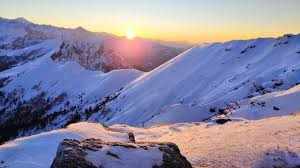

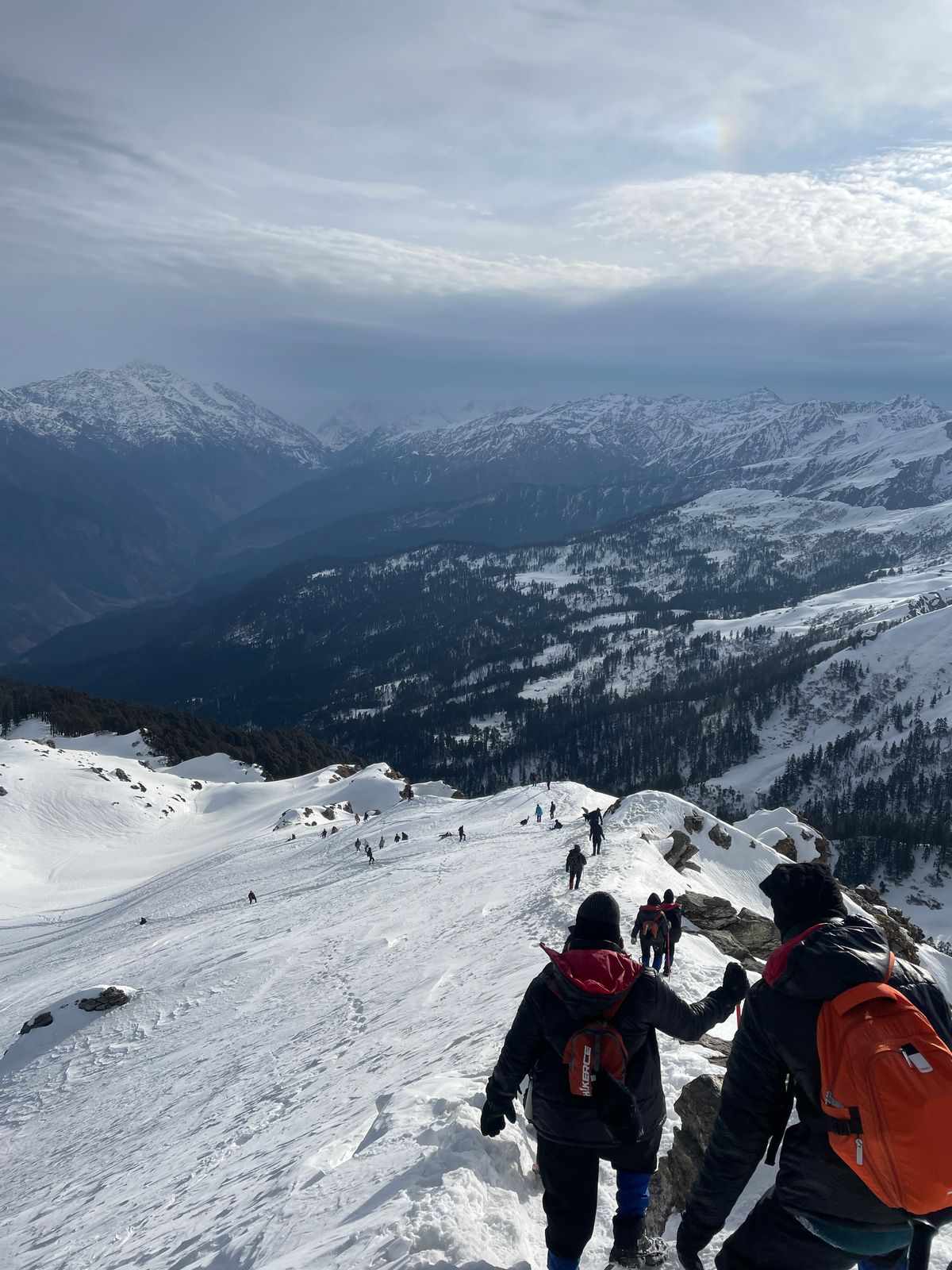
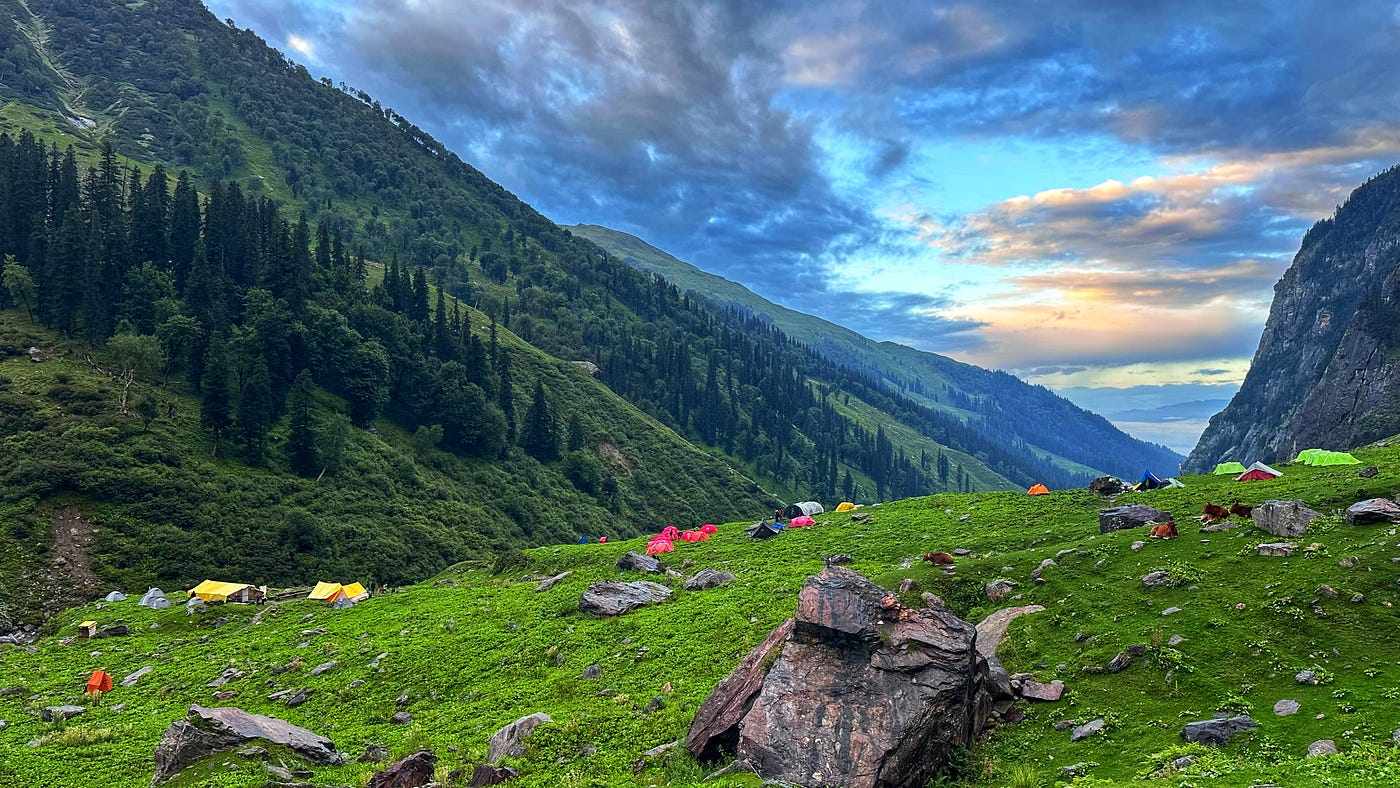
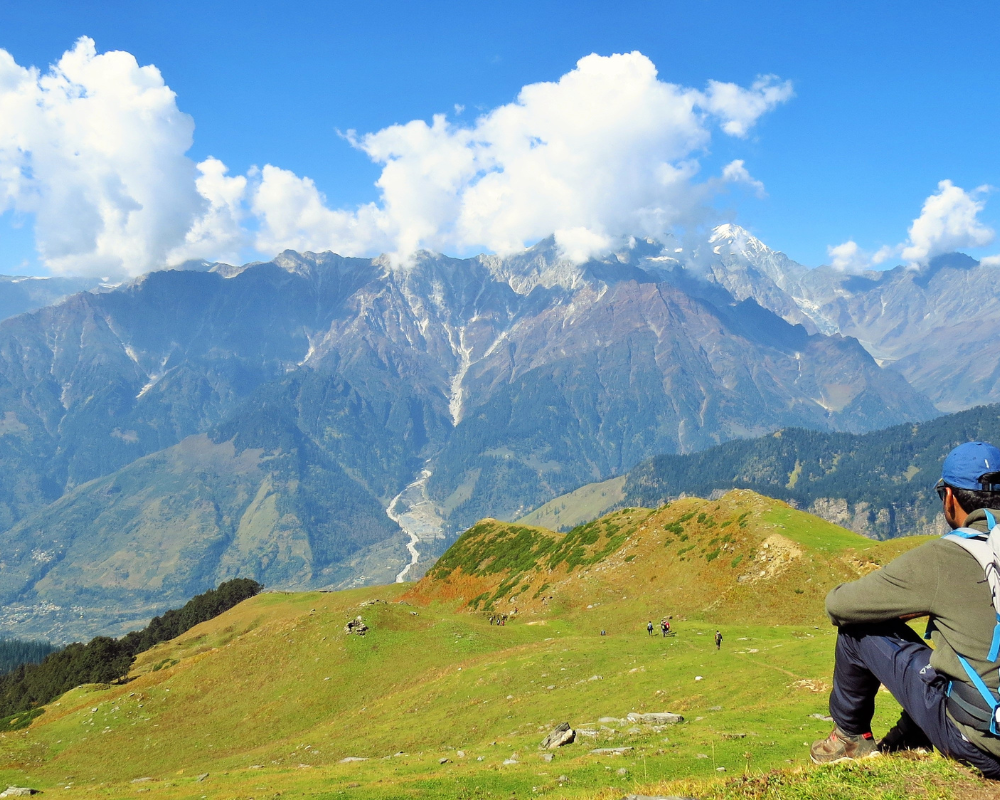
Write a comment ...